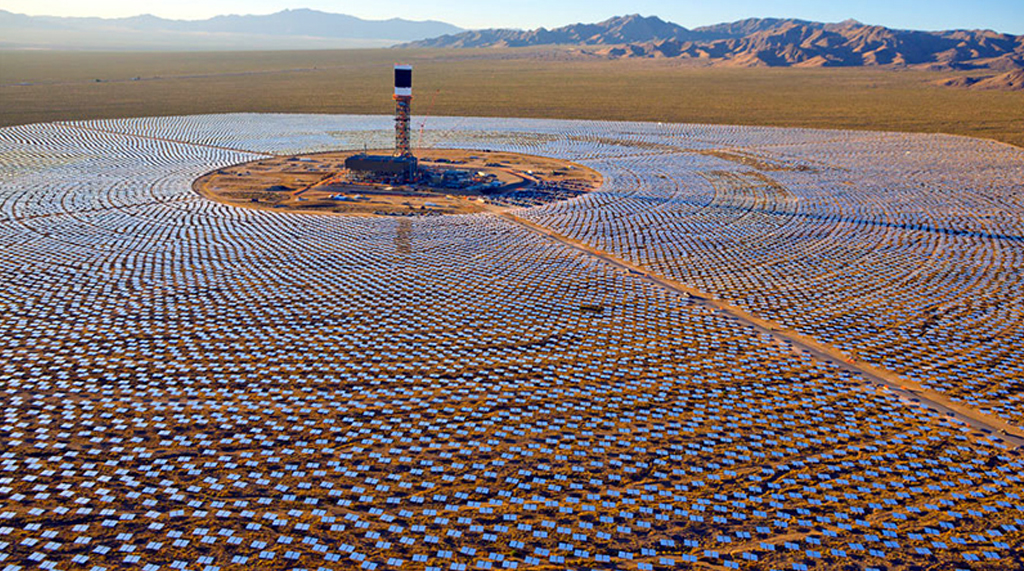After a long and fruitful informal collaboration, the Bassetti Foundation and Technology Bloggers have decided to formalize their relationship with a funding agreement.
From 1 November 2020 the Bassetti Foundation will cover the blog’s domain name and hosting costs. This is a fantastic agreement for all parties involved, as it guarantees funding for the continuation of the site while still leaving options open for other partnerships in-line with our values.
As regular readers will know, co-editor Jonny has been working with the Bassetti Foundation for many years, supporting their aim to promote responsibility in innovation. The blog and the Foundation released a joint pamphlet in 2012 based upon a series on the blog called Can We Improve The Health Of The Planet?, an early sign of what was to become an enduring relationship. As editors, we understand and share the goals and aims as well as the values that the Foundation stands for, and the mutual respect and trust offered in return is appreciated and valued.
As editors and authors, we try to highlight underappreciated positive projects/organizations in the world, and promote what we see as technological developments that aim to improve the lives of everybody across the planet.
Jonny started writing for the blog in July of 2011, 3 months after Christopher founded it, and while there has never been a policy on topic areas, the site has developed a view on technology and science and the environment thanks to our shared interests and similarity in positions.
Jonny was new to blogging and Christopher offered him the necessary experience, technological skills and platform to engage with a new audience on matters of ethics and some of the broader implications of technological development. In return Jonny offered expertise in the rapidly developing field of Responsible Innovation.
Education and critical thinking are fundamental goals for both of us, we share a passion for communication, for enthusing people with the possibilities that the future holds while highlighting the social and ethical aspects of what this might all mean.
We have both learned a lot working together and editing the website over the last (almost) ten years. We benefit from the fact that we both have different expertise, both technical and philosophical. We have influenced each other’s thinking and paths, opened new opportunities and developmental possibilities.
The blog was originally conceived the as a community technology blog, and in its early years a range of posts from other writers were published, but recently the posts have all come from the editors ourselves. This reflects our coming to a shared position on technology and science, the blog follows a shared line and has its own identity, which seems to pay off. Readers seem to share our passions, and having had consistently healthy traffic figures since the blog started, we are sure we are having the desired impact.
We try to put all of this into practice, as we both believe that “we must be the change we wish to see in the world”.
We would like to thank the Bassetti Foundation, all of our readers and contributors and look forward to continuing our fruitful (and enjoyable) relationships with you all.
Editors Christopher Roberts and Jonathan Hankins.


